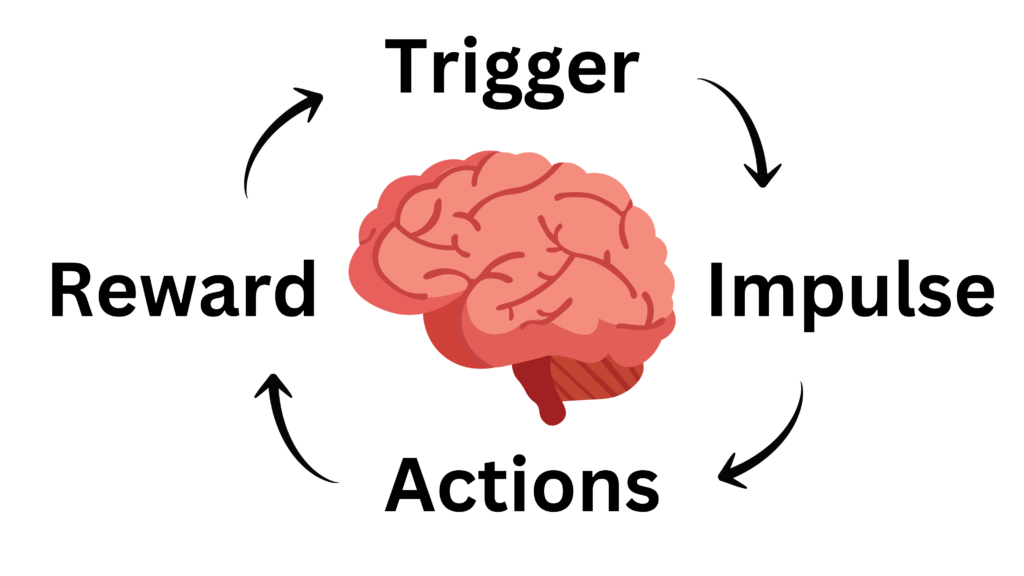
What comes to mind when you hear the word escort?
For most people, it’s negative. They think about sex trafficking, broken marriages, or destructive habits. But others — especially those struggling silently — see escorts as a solution: to loneliness, to stress, to rejection, or simply a “better” alternative to dating.
Here’s the truth: they’re both right.
Escorts aren’t the real problem. They’re the painkiller. The temporary relief.
The actual problem?
The pain underneath — the unresolved emotions, the stress, the pressure, the emotional isolation that drives men to act out in the first place.
And that’s exactly what makes breaking free from escort addiction so difficult — you’re trying to fix the wrong problem.
Why You’re Still Tempted — Even When You Want to Stop
Maybe you’ve already tried to stop. You’ve said “never again.” You’ve felt the guilt. You’ve sworn off massage parlors or paying for sex entirely.
But the urges still come. And sometimes, they come stronger than before.
Why?
Because part of your brain still believes that acting out is the solution.
It’s not about how bad you want to quit — it’s about how your brain is wired to escape pain.
So if you’re only relying on resistance or willpower, you’re not breaking the cycle.
You’re just delaying your next relapse.
That’s why most men go a few weeks or months “clean,” only to find themselves right back in the cycle.
And when the next relapse hits?
It feels even worse.
More shame.
More guilt.
Lower self-esteem.
More binging.
And another emotional crash that leads to isolation and hopelessness
The Science Behind Escort Addiction:
How Habit Loops Trap You

Let’s talk about how your brain actually works. There are two key systems at play:
- The Prefrontal Cortex – where conscious decision-making happens.
- The Basal Ganglia – where habits are stored and automated.
Imagine walking through knee deep snow to a log cabin.
The first time you take that path, it’s hard. You lift your feet high, check every step.
But if you walk that trail every day, it gets easier.
Eventually, it becomes automatic. You don’t even have to think. You just go.
That’s how your brain works with behavior. Every time you act out, you reinforce a neural pathway.
Over time, this becomes the default path for how your brain responds to emotional pain.
So the trigger (loneliness, stress, pressure) leads to the impulse (seek out an escort), and the brain follows the well-worn trail — without needing permission.
Impulse Mapping: The Solution That Rewires Your Brain
Step 1: Identify the Urge Early
Most guys try to stop themselves too late — when they’re already searching online, calling, or even in the car on the way there.
By then, the habit loop is already in motion.
Impulse Mapping teaches you to recognize the urge earlier — when it first shows up — and trace it back to the real trigger.
Step 2: Ask the Right Questions
When you feel the temptation, ask:
- What am I feeling right now?
- What pain is behind this?
- What am I trying to escape?
This sounds simple, but most men never do this.
They feel the urge and immediately try to resist or distract themselves — without understanding it.
Impulse Mapping helps you pause and follow the urge back to its root.
Step 3: Go Deeper
Once you identify the pain (like stress or loneliness), don’t stop there.
Ask:
- Why do I feel stressed?
- What situation is really bothering me?
- Is it a conversation I’m avoiding? A task I feel overwhelmed by?
This is where real healing begins.
When you fully understand the real source of the pain, the urge to act out dramatically weakens — because the brain sees you’re handling the pain head-on.
Step 4: Face It — Don’t Fix It
This is where most men go wrong.
Once they identify the trigger, they try to “solve” it immediately:
- “Let me just work harder.”
- “I’ll push through it.”
- “I’ll be fine tomorrow.”
But Impulse Mapping teaches you to sit with it, face it, understand it, and process it without needing to escape.
This helps the body relax and trust you.
And that’s when the urge starts to lose its power.
Rewiring Happens When You Choose a New Path

Every time you do this process, you’re doing two things:
- Unwiring the old habit loop
- Reinforcing a new one
That’s how real change happens.
Eventually, the old trail gets snowed over.
You don’t use it anymore.
The new trail becomes automatic — your brain’s new way of handling stress, pain, and discomfort.
This is what makes the difference between temporary sobriety and long-term freedom.
This Is Where I Come In
I’ve lived this battle. I know what it’s like to spiral in shame and guilt.
And I know what it’s like to finally be free — and stay free — with Impulse Mapping.
If you’re serious about ending the cycle of escort addiction, I want to help you.
📞 Book a Free Consultation Call
Let’s talk.
I’ll ask you some questions about your current situation,
I’ll show you how to start applying Impulse Mapping,
And I’ll give you resources and personalized feedback — 100% free.
No pressure, no commitment.
Just real value to help you take the first step.
👉 [Click here to book your free consultation call]
🎥 Want More? Watch the Full Video
This blog post is based on a longer video where I walk through this process in depth.
If you found this helpful, the video will change the way you think about recovery forever.
👉 [Watch the full YouTube video here]
Final Word
You don’t need more motivation.
You don’t need another streak tracker.
You don’t need another crash-and-burn cycle.
You just need the right process, and the right support to follow it.
And I’m here to help 🙂